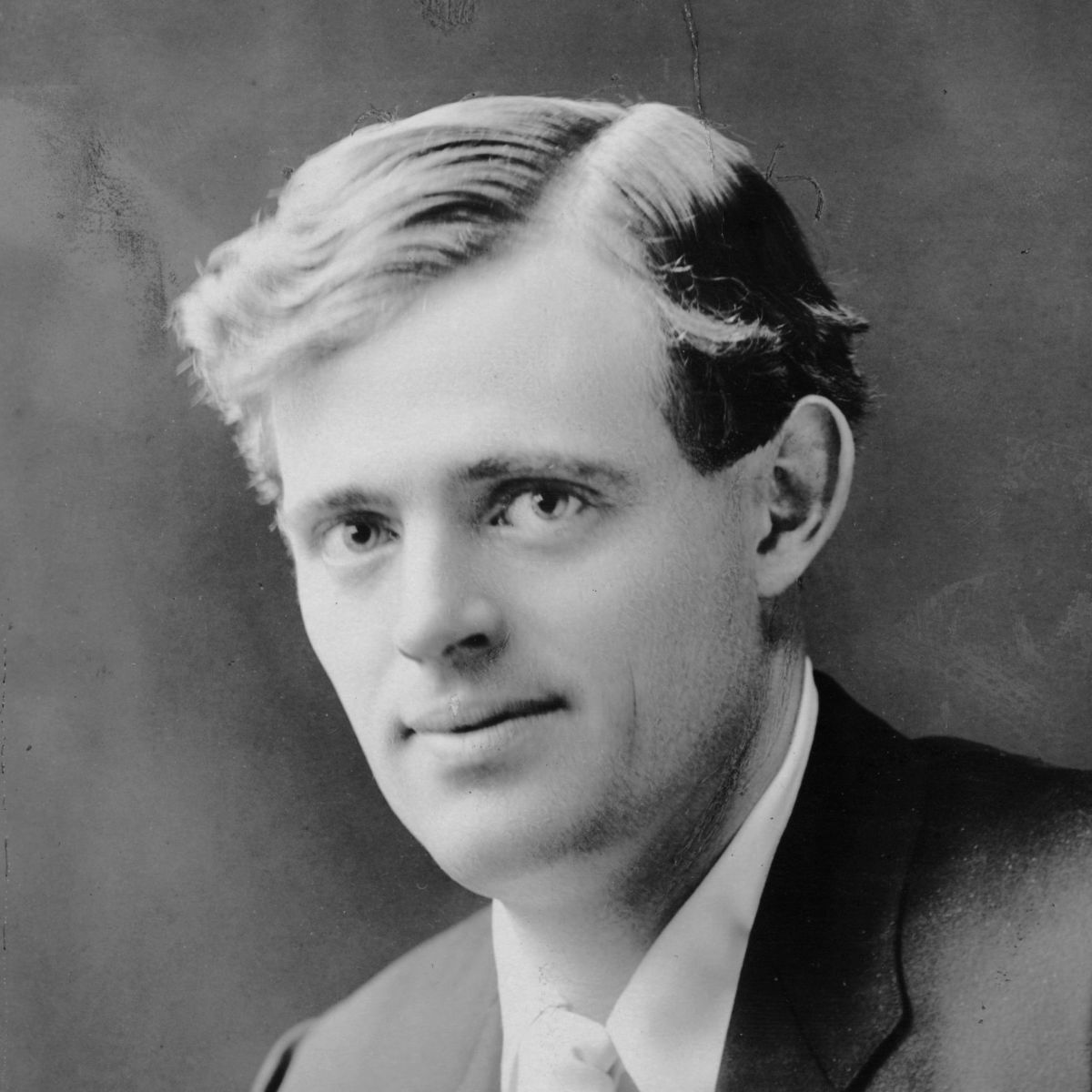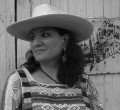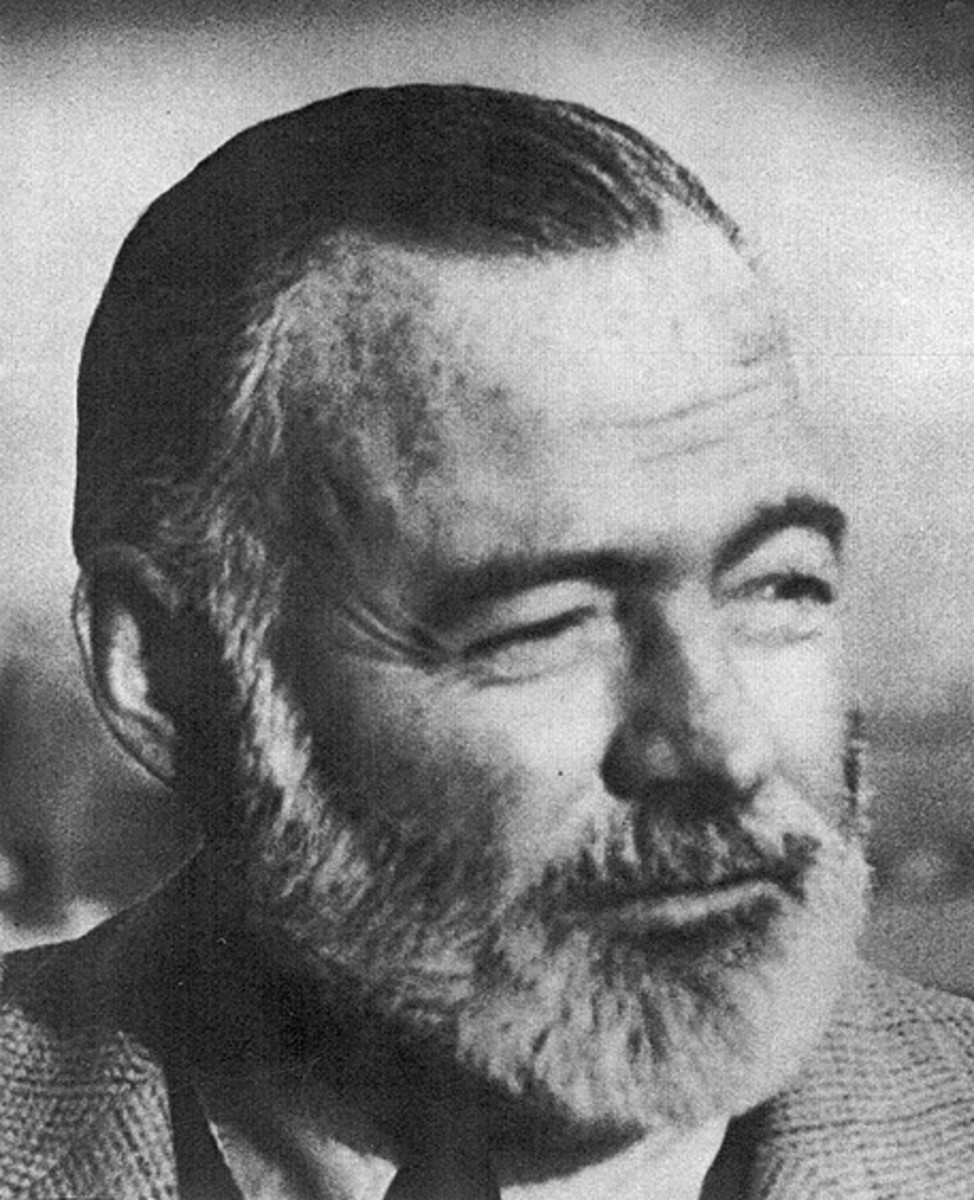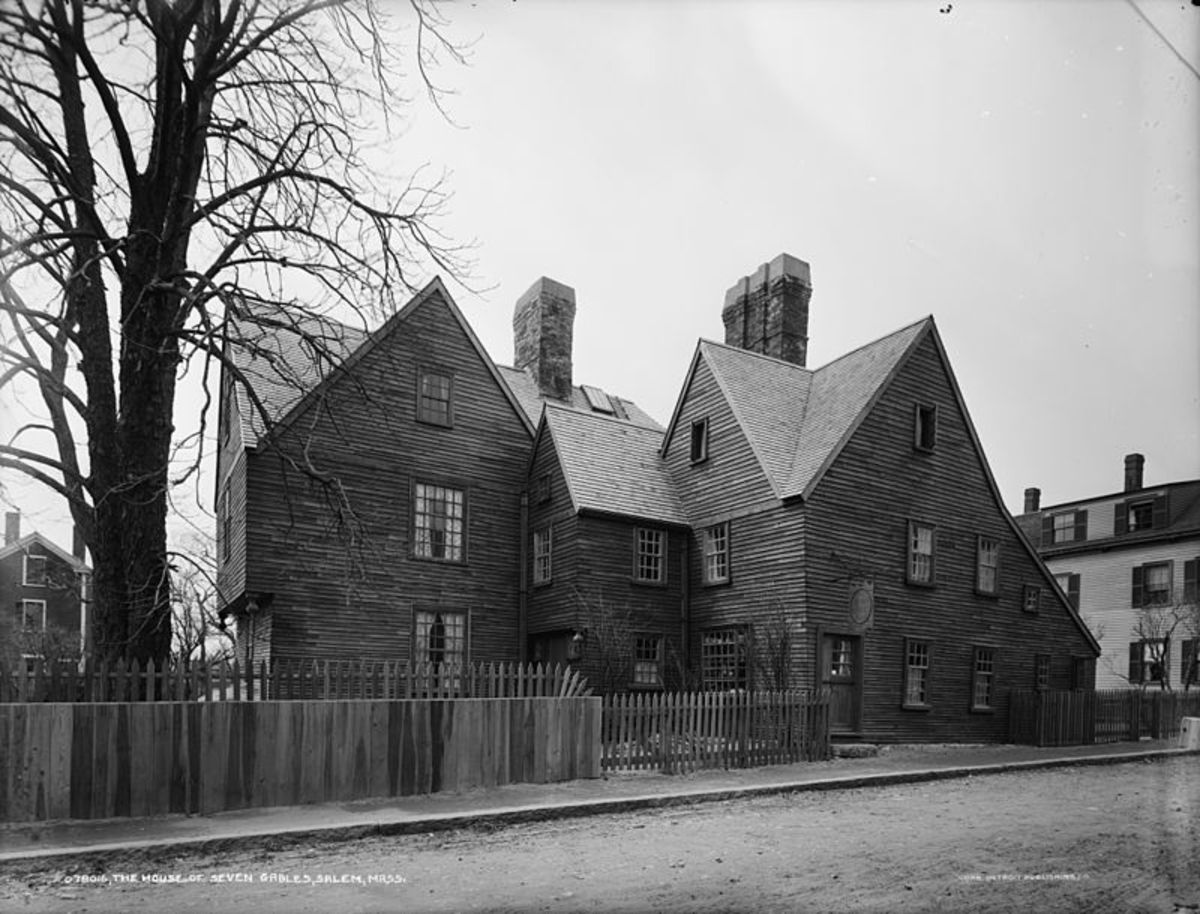- HubPages»
- Books, Literature, and Writing»
- Literature»
- American Literature
The Journey of Jack London
Jack London
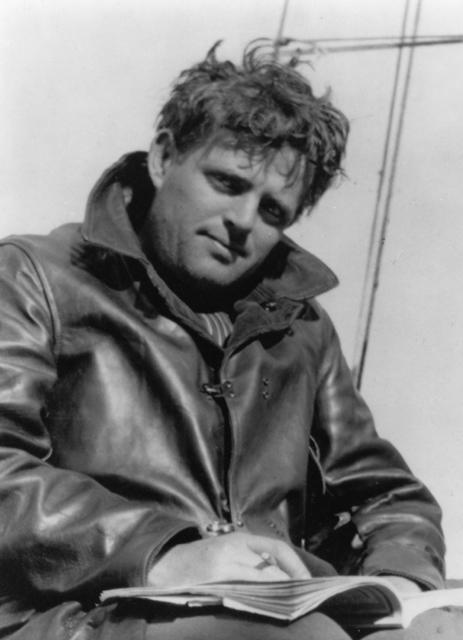
Illegitimately born in 1876 as San Francisco’s native son, Jack London would spend most of his forty years of life moving from and returning to his roots in the northern Pacific. Most of London’s early years were spent the same as any modern day youth: seeking adventure, travel, and purpose. A self-identified socialist, London sought to prove himself not only as an accomplished writer of short-stories, but a bona fide investigative war correspondent. Whereas he wasn’t able to reach the notoriety he dreamed of as a writer for new outlets, his popular short stories published in various periodicals, became his bread-and-butter. His sense of adventure and travels by sea, would lead London to pen popular iconic western adventure novels, The Call of the Wild and White Fang, among others. Yet, London always seemed to find his way home to California’s Bay Area.
As far as beginning’s go, London’s was uncertain. Although his mother, Flora Wellman, was a direct descendant of Puritan settler Thomas Wellman, her own mother’s passing would send her to find a new home in the Pacific Coastal city of San Francisco. There, while working as a music teacher, she resided with astrologer William Chaney. Whether the two were legally married when Flora became pregnant with London is unknown due to civil records being destroyed after the great San Francisco earthquake of 1906. Flora would later claim that Chaney demanded she have an abortion, but when she refused he deserted her. This abandonment found Flora in a state of distress, so much so that she attempted suicide. Not mortally wounded, London would be born as John Griffith Chaney on January 12, 1876, and left in the care of former African-American slave Virginia “Jenny” Prentiss while Flora tended to her own mental health. Prentiss would remain a close family friend and mother-figure to London throughout his life. Later that year, Flora married Civil War Army veteran John London, and John (later known as Jack) would adopt his step-father’s last name. The impoverished family would move around the Bay Area, but eventually settled in the slums of Oakland where Jack completed grade school. Leaving school with an eighth-grade education, Jack went to work. From a cannery to shoveling coal to barking to sell newspapers, by seventeen, Jack would find himself on his first high-seas adventure.
With friends on board of the Sophia Sutherland.
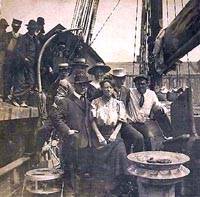
The Sophia Sutherland was the three-masted sealing schooner that would take Jack across the Bering Sea, to Japan, hunting seal. Although inexperienced in this kind of sea faring, Jack so impressed the captain of the ship with his maturity, that he was signed on as part of the crew for eight months. Jack was a hard worker who was determined to earn the respect of his more seasoned shipmates. He prided himself on being the first on deck at the start of a workday, and the last to leave. However, it wasn’t until he fought one of the ship’s largest shipmates, a Swede named Red John who was trying to bully Jack into taking his turn washing dishes in the kitchen. Jack proved himself a nimble adversary when he held the much larger man in a type of chokehold until he conceded. After, even Red John was impressed with the “wild cat” who wouldn’t back down. During the months that followed, Jack and his new friends would be found drinking when pulled into a port, and Jack later would regret that he never took the time to explore beyond the bars found at the various city harbors. Yet, there would be a notable experience during his voyage on the Sophia Sutherland, in the form of a massive typhoon off the coast of Japan. The angry seas would force the crew below deck, and one at a time, each crewmember took a turn navigating the schooner through the storm. When Jack successfully had his hour-long turn at the helm, he would forever recall the experience as one of his greatest achievements.
Upon returning home after his time spent at sea, Jack regaled his mother with his adventures. Later, when Flora found a newspaper advertisement for a writing contest, she urged Jack to write about his time spent on the Sophia Sutherland, and submit to the contest. Jack would follow his mother’s advice writing his first published short story, Typhoon Off The Coast of Japan, eventually winning the $25 first prize, beating colligate writers from Berkeley and Stanford. It was this win that finalized Jack’s decision to become a writer. Motivated by his win, Jack started submitting other stories for publication, but when the rejection letters began to pile up, Jack became discouraged and joined the General Kelly’s Army on a march to Washington D.C., to demand jobs for the unemployed men of the time. While in Niagara Falls, Jack is arrested and convicted of vagrancy. He is denied a lawyer, ignored when attempting to plead not-guilty, and sent to prison. After spending thirty days of hard labor in Erie County Penitentiary, a rehabilitated Jack returned to Oakland where he enrolled in high school at the age of nineteen. A year later, Jack famously crammed for the entrance exams required to enroll in the University of California, Berkeley, and was accepted. However a lack of financial resources forced Jack to drop out after only one semester, catapulting Jack to resume writing once again, and further exploring his place within the Socialist party.
At twenty-one, Jack set sail on the S.S. Umatilla, joining the Klondike Gold Rush. This proved to be a reoccurring setting in a collection of stories known as Klondike Tales. Unfortunately, Jack was forced to return to Oakland after developing scurvy. The next couple of years prove to be the busiest of his writing career, writing sixty-one new stories, essays, and poems. Jack thought of his writing as a business and pursued the boom of printed magazines, thanks to evolved and efficient printing of magazines. At twenty-four, Jack marries and a year later his daughter is born. Soon after, Jack travels to England in order to do research for a new novel. He lives in the East End, even spending nights sleeping on the street or in workhouses, gathering material for a novel about England’s slum conditions, entitled The People of the Abyss. After completing the book, Jack returns to his family just in time to see his second daughter born and start writing what he initially intends to be a short story, The Call of the Wild. A few weeks later, Jack submits the story to the Saturday Evening Post, where it is serialized before later being printed as a novel.
The next few years find Jack divorced, writing, and remarried. He starts building his sailing ship the Snark, and attempted to sail around the world with his second wife. After making it to the South Pacific and even Australia, the voyage was cut short due to illness. Along the way, Jack wrote about his journey, which was published as The Cruise of the Snark. Jack returns to Oakland before buying a 400 acre ranch in Sonoma County which he continued to add to via surrounding plots of land and even a winery, adding up to seven total land purchases or 1400 acres. Jack and his wife begin to design and build their dream home known as Wolf House. During the two years it takes to raise the home, Jack continues to write and publish novels and short stories, funding the Wolf House project, as well as stocking his large ranch with cattle. Sadly, on the night before the final touches were to be made, a stack of linseed oil soaked rags spontaneously combusted, causing a massive fire which destroyed Wolf House. Depressed at the loss, Jack added a writer’s wing to his preexisting cottage, and eventually became a war correspondent in Mexico. While away, Jack continued to order expansion ideas to his ranch effectively keeping himself in debt. However, after returning home, Jack continued to write and publish his stories, funding his building projects.
In 1915, Jack and his wife spent time in Hawaii, due mostly to Jack’s failing health. He was advised by his doctor to change his work habits—including his commitment to write 1000 words a day—as well as cease drinking alcohol altogether, due to his damaged kidneys. Jack refused and ultimately this choice sealed his demise. On November 22, 1916, a forty-year-old Jack succumbed to a variety of ailments stemming from his kidney condition. He was survived by his wife and daughter, as well as a legacy of short stories, reflective of an era of discovery and adventure.
Oakland California, is a city proud of its native son, Jack London. Honoring the writer and his time spent growing up along the Oakland/Alameda estuary and embarcadero, is a local and tourist attraction known as Jack London Square. Along with a life-size statue of the famous writer, created by artist Cedric Wentworth, visitors can also experience one of Jack’s favorite places to write: Heinold’s First and Last Chance Saloon. Alongside the saloon is a reproduction of Jack’s cabin while living in the Yukon as well. Historic Jack London Square harkens back to a time when a community lived and gathered near the bustling waterfront. Although the hustle and bustle is now due to foot traffic among the neighboring businesses, or public transportation, Jack London Square is very much alive and thriving.
Resources used to research this Hub:
- The Life of Jack London — #4: Pacific Voyage | The Art of Manliness
This series looks at the life of author and uber-man Jack London, especially in terms of the Ancient Greek concept of thumos.

